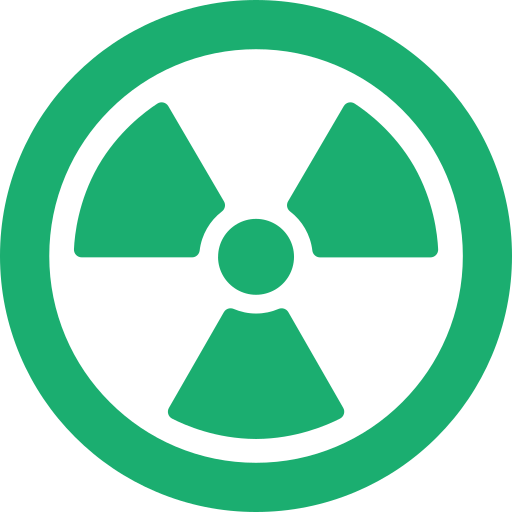Ultrasonic Testing (UT) is a widely used non-destructive testing (NDT) technique that employs high-frequency sound waves to evaluate the integrity and properties of materials and structures. This method is employed to detect and characterize defects, measure material thickness, and assess the overall condition of a wide range of materials.

BENEFITS
-
- High Sensitivity: UT can detect very small defects, making it highly sensitive to internal flaws and discontinuities in materials.
- Depth of Inspection: UT can inspect materials at various depths, from surface-level to deep within a structure, providing valuable information about the extent and location of defects.
- Versatility: It can be used on a wide range of materials, including metals, plastics, composites, and ceramics.
- Quantitative Data: UT provides quantitative data, such as defect size and depth, which allows for precise assessment and monitoring of material condition.
- Non-Destructive: It is a non-destructive testing method, meaning it does not alter the material being tested and is suitable for evaluating in-service components.
APPLICATIONS
-
- Welding Inspection: UT is commonly used in the construction and manufacturing industries to inspect welds for defects and ensure their integrity.
- Aerospace: It is used to assess the quality of aircraft components, such as engine parts and aircraft structures.
- Oil and Gas: UT is applied to inspect pipelines, storage tanks, and pressure vessels for corrosion, cracks, and defects.
- Automotive: In the automotive industry, UT is employed to examine critical components like engine blocks, transmission parts, and suspension components.
- Nuclear Power: UT is used to inspect nuclear reactor components and assess their structural integrity.
- Railways: In the railway industry, UT helps evaluate the condition of train wheels, rails, and other critical components.
- Civil Engineering: UT is utilized to inspect bridges, dams, and buildings for hidden defects and structural integrity.
- Manufacturing: It is employed in the quality control of manufactured components, ensuring they meet specified standards.







